
Dobromyl, Ukraine
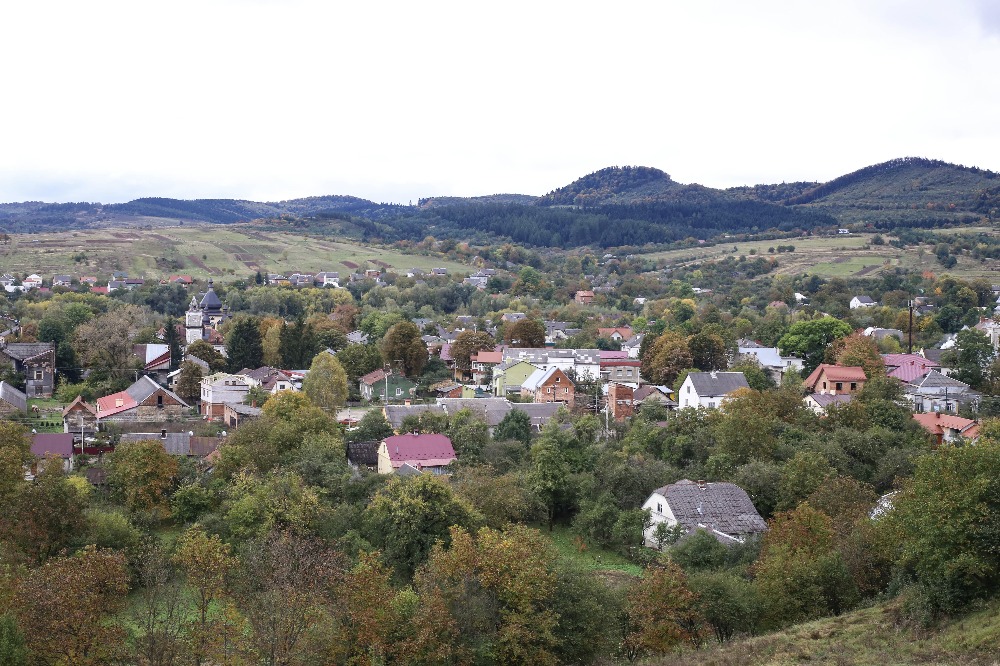
 |
Dobromyl, Ukraine |
 |
Dobromyl is 57 miles WSW of L'viv (Lvov), 15 miles S of Przemysl, and is a city in Staryi Sambir Raion, Lviv Oblast, Ukraine.
It is located some 5 kilometers to the border with Poland.
Dedicated to my brother-in-law, Martin Moszes Kraemer, in honor of his father, Feiwel Kraemer,
and his sister Chana, who were murdered during the Shoah, and his mother Zelda Treiber.
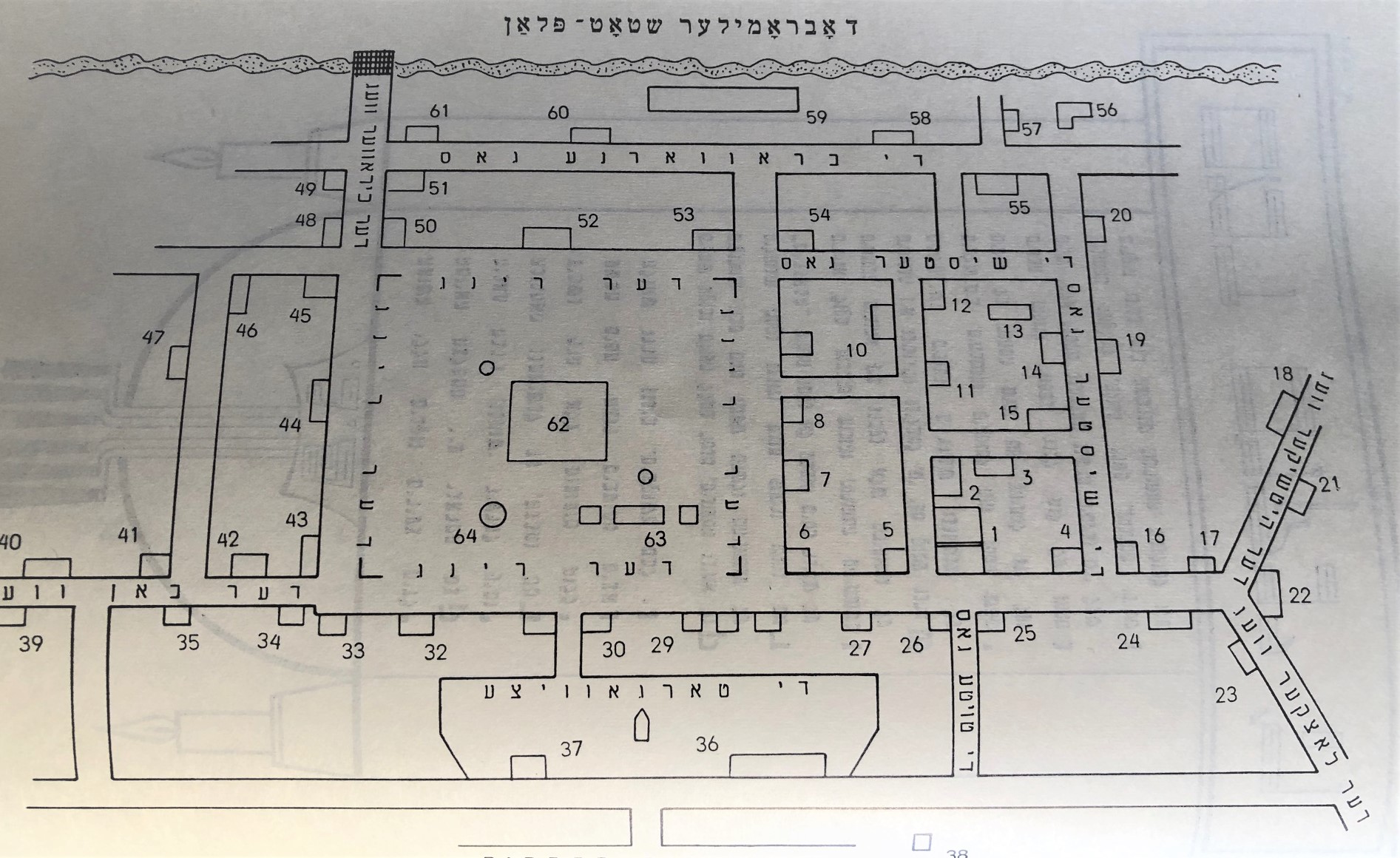 For a larger map, go here. |
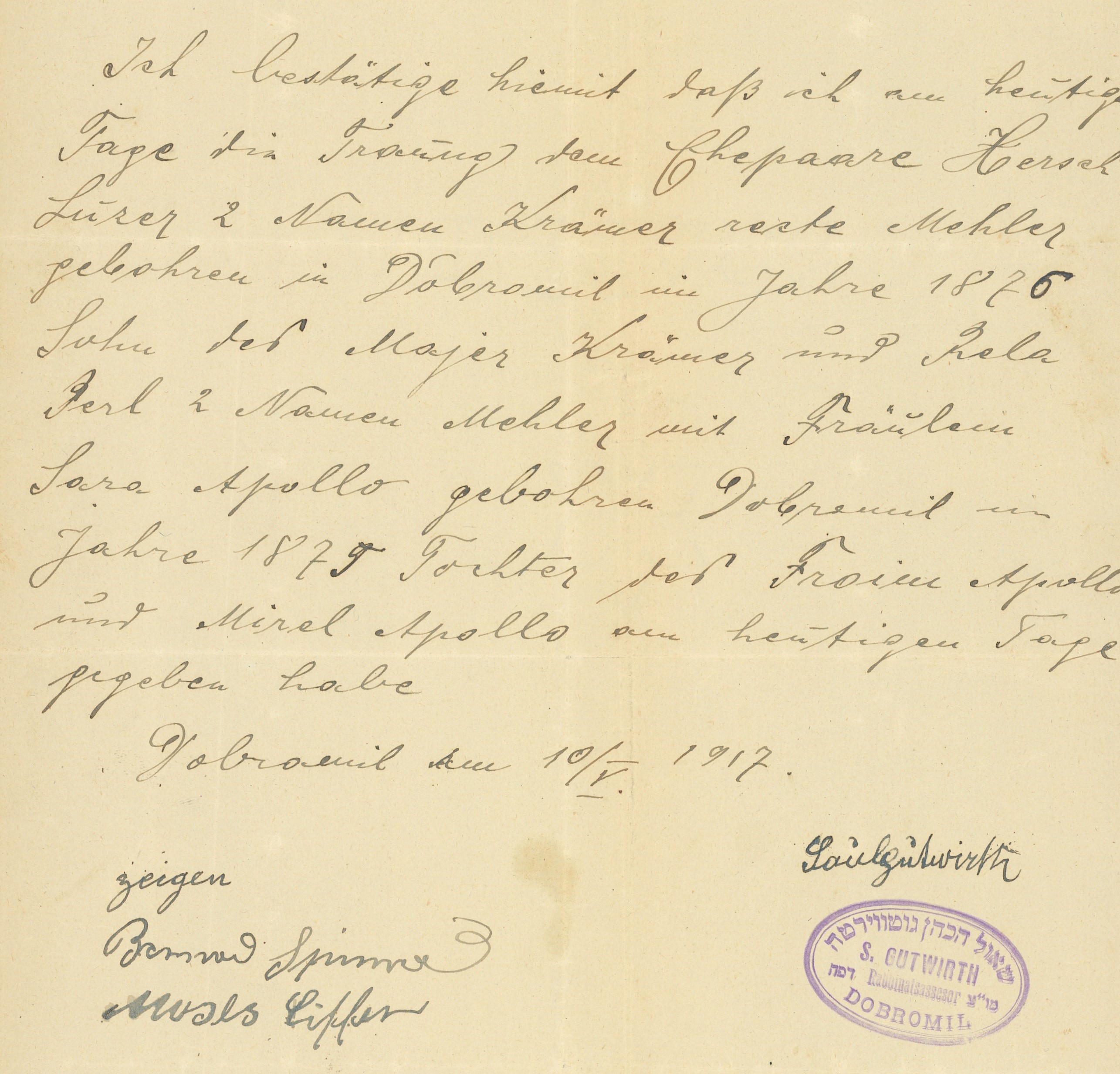 |
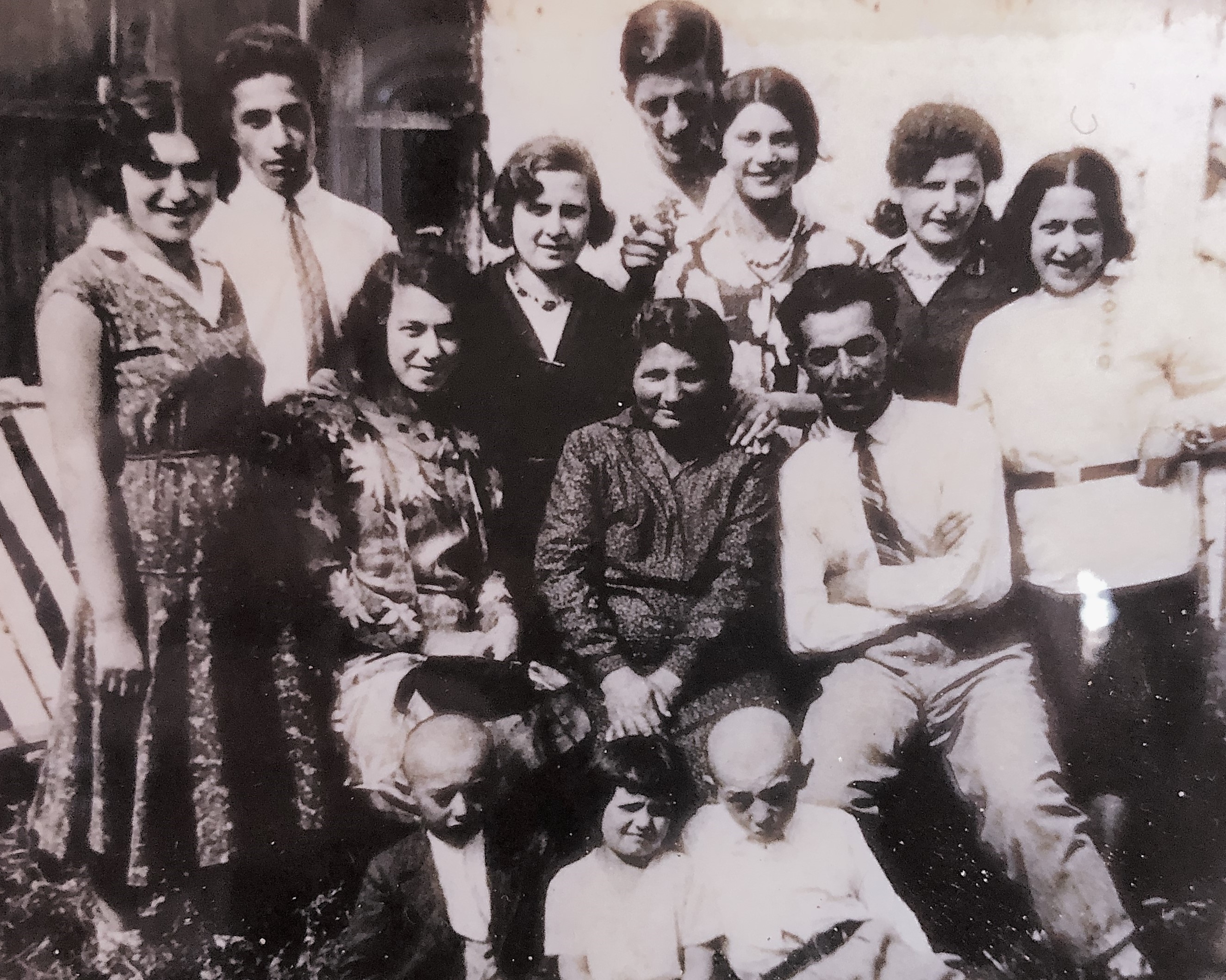 Feiwel Kramer and family |
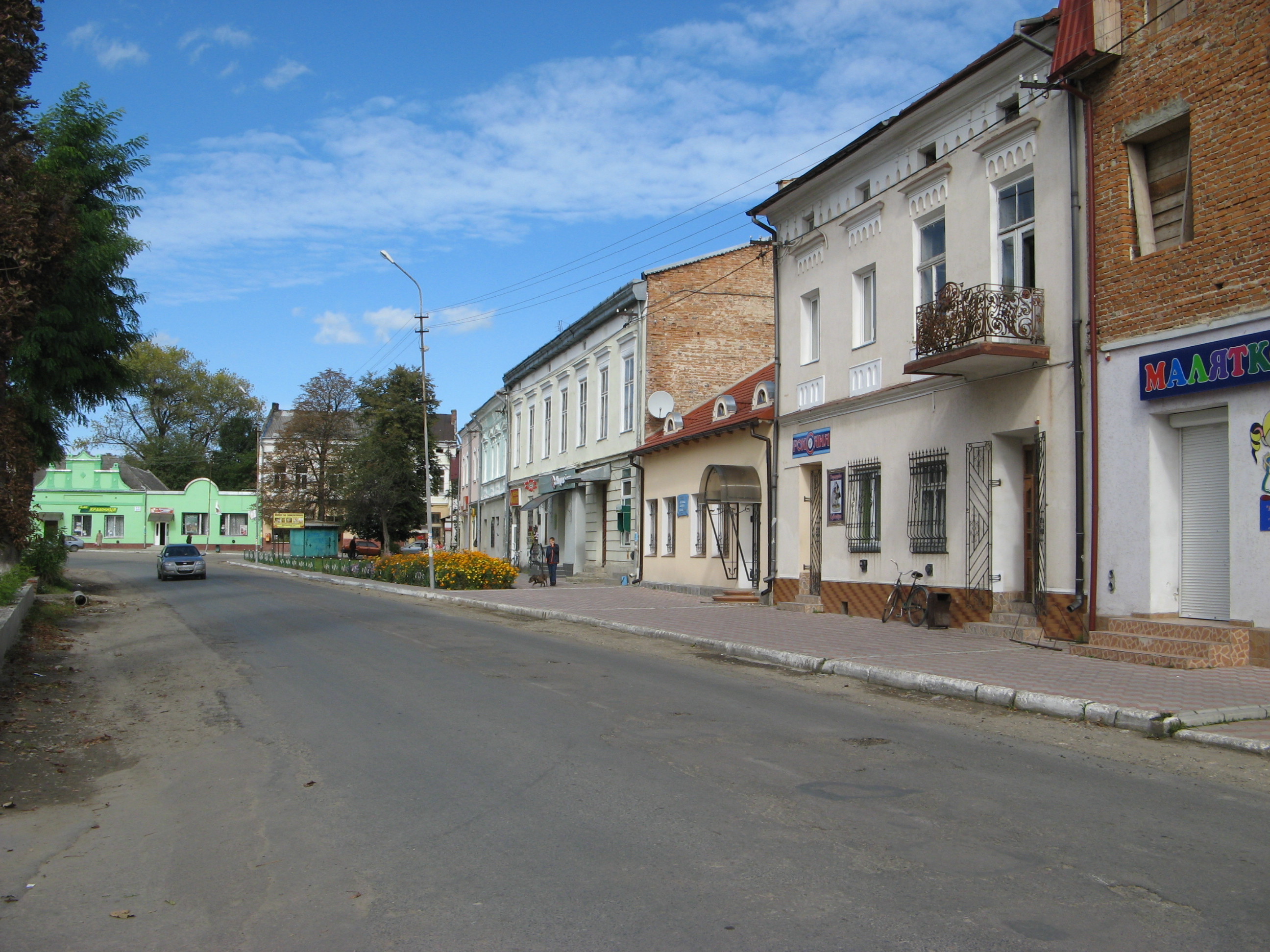 |
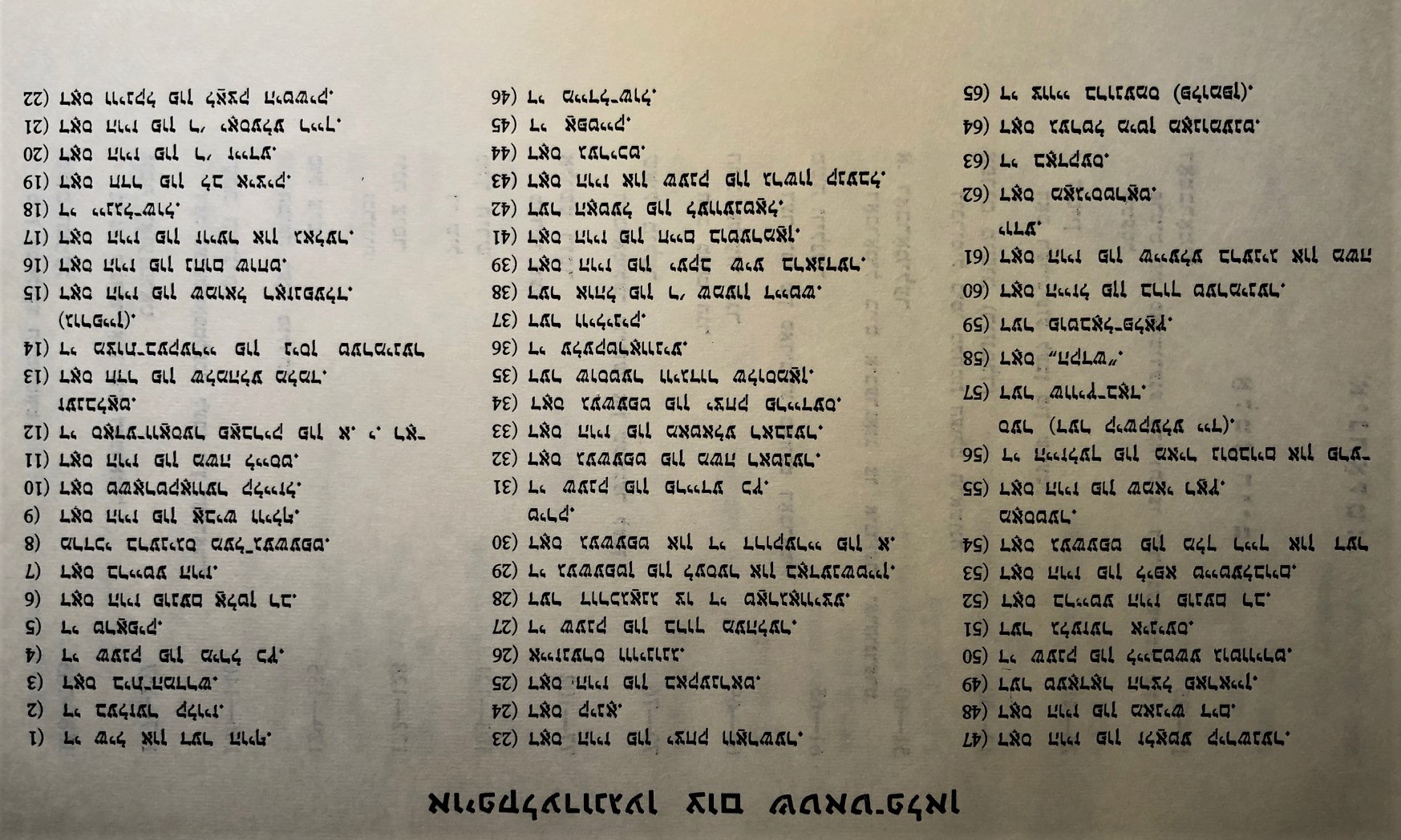 |
 |
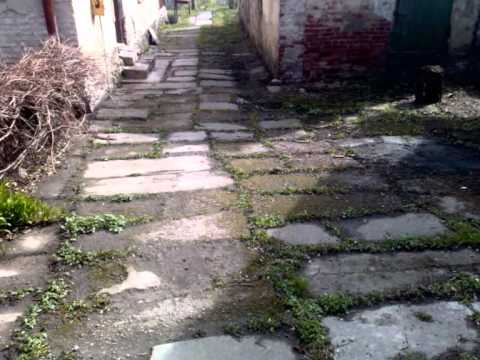 |
 Hersh Luzer Kraemer (left) and friend |
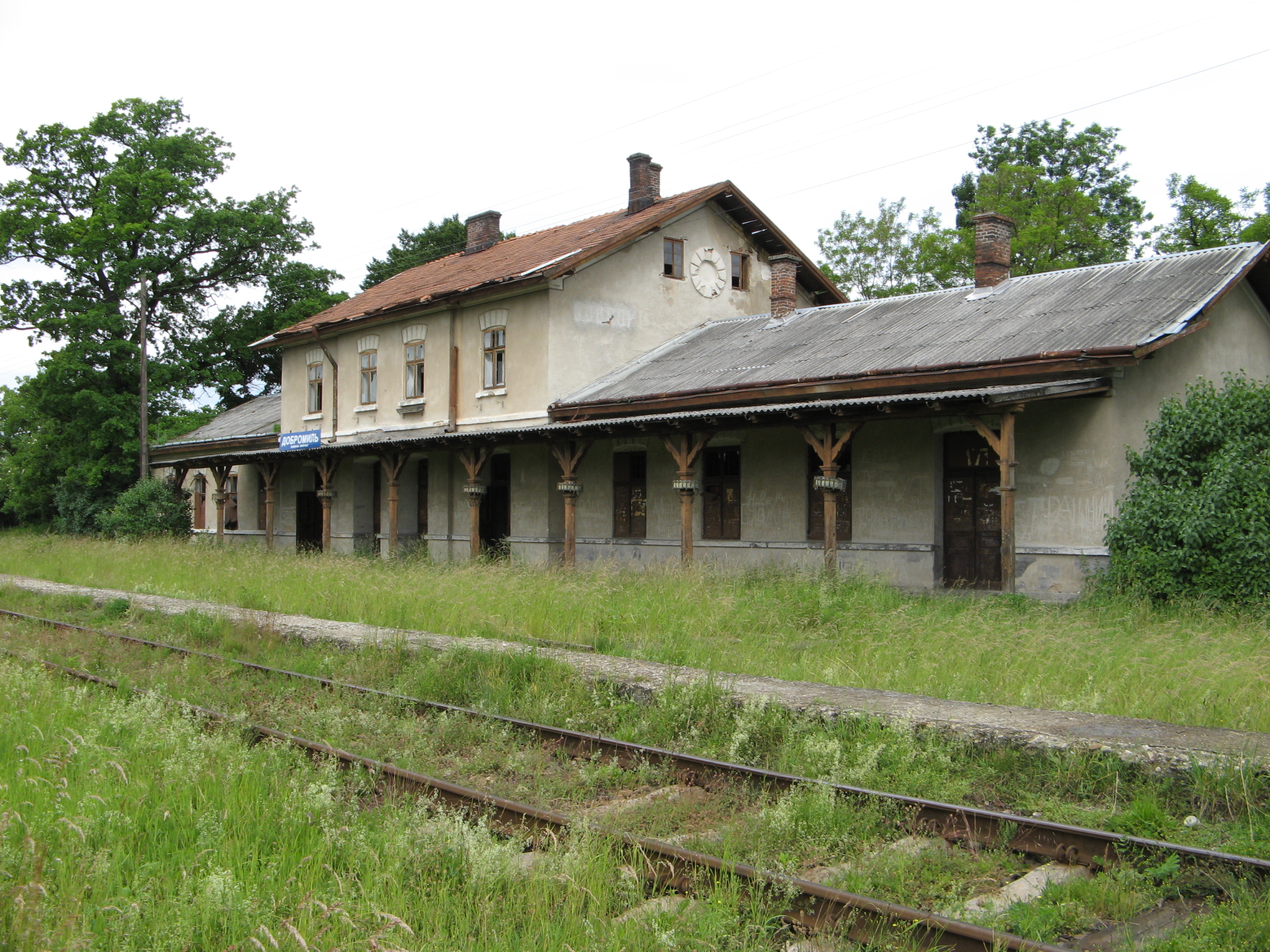 |
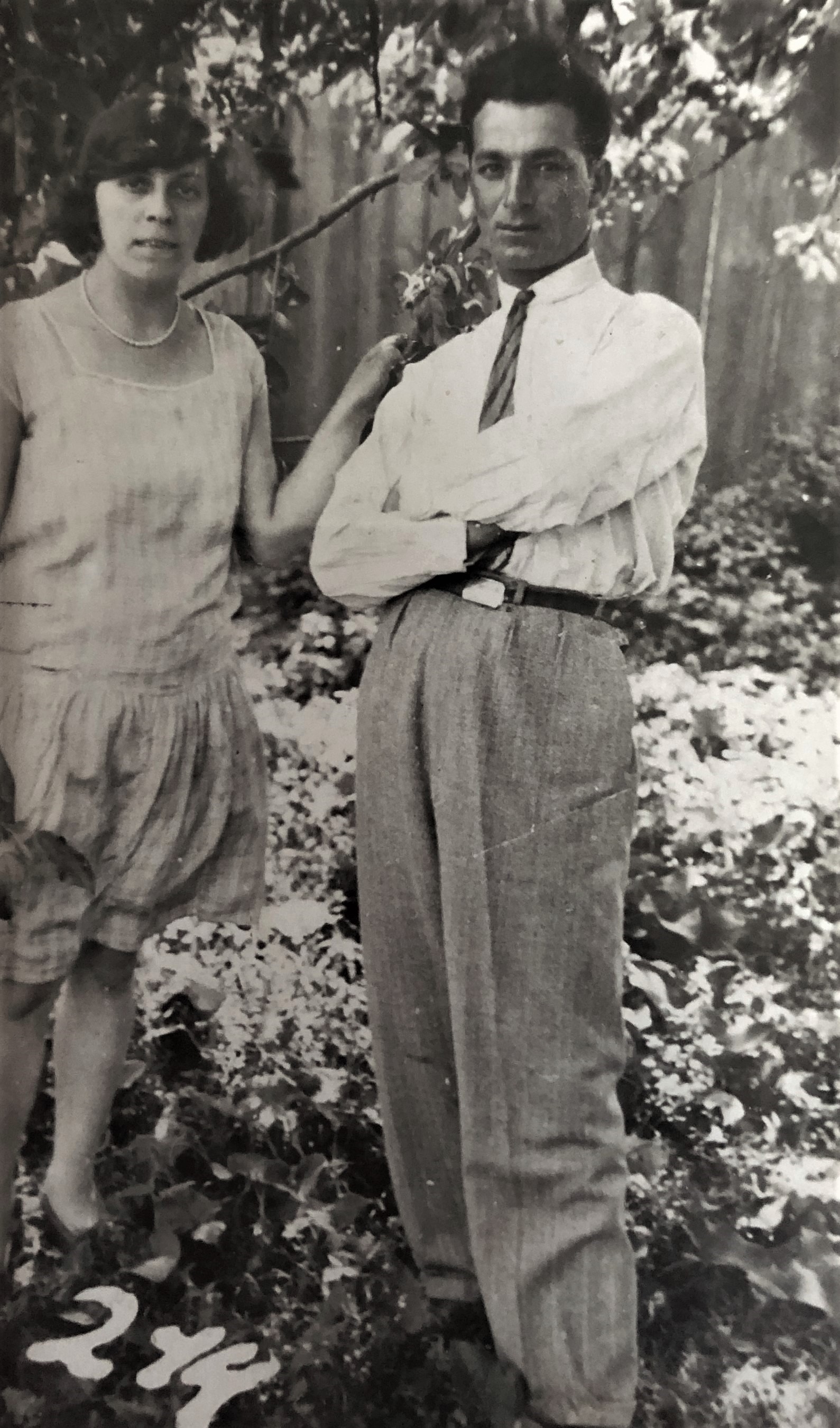 Feiwel Kraemer and his wife, Zelda Treiber |
Modern town name: Dobromil, Ukraine
Latitude and Longitude: 49.5667, 22.7833 49�34' N , 22�47' E
Galician (Austro-Hungarian) Administrative District: Dobromil
Interwar (Polish) District: Dobromil
Interwar (Polish) Province: Lw�w
Street map and index of Dobromyl
| Jewish History of Dobromyl Jews have lived in Dobromyl from 1570. They had equal rights as merchants and as artisans. In 1612, the Jews received a charter from the owners of the town giving them additional privileges. They were allowed to live in the town and to purchase housing plots. They were also allowed to build a synagogue and other public buildings. The big synagogue was built in the Gothic style. In the mid-1700s, Dobromyl had 1,253 Jews. In 1910, there were 2,270 Jews in Dobromyl, 70% of the population. After the war (1918), Dobromyl became part of Poland During the period of the Polish kingdom, the Jews On the eve of WWII, there were 2,500 Jews in Dobromyl. On September 17,it came under Soviet rule in On June 28, 1941, a week after the German invasion On August 8, 1944,Dobromyl was liberated by the Read more about Dobromyl's Jewish history here: Beit Hatsufot history of Dobromyl Virtual Shtetl history of Dobromyl Description of prison and salt mine genocides in Dobromyl Yahad in Unum interview on DobromylExecution sites in Dobromyl |
Genealogical Resources There are three significant sources of vital records and other documents for Dobromyl: JRI-Poland Indexing, JewishGen and Gesher Galicia. The JRI-Poland webpage provides information on what vital records exist and where they may be found. The JewishGen page on Dobromyl provides maps and other important links. Gesher Galicia's page on Dobromyl has cadastral maps, search
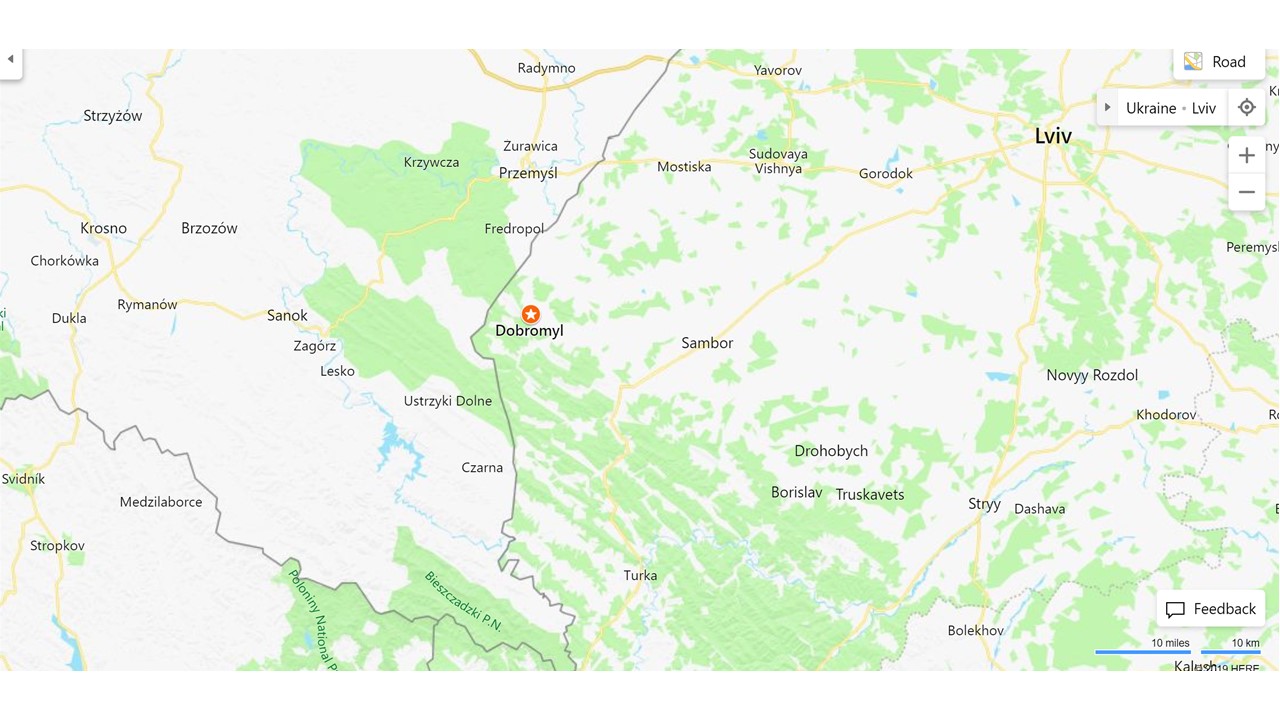 A well-known name in Jewish genealogy is Arthur Kurzweil. One of the first contemporary books on on Jewish genealogical investigation is Kurzweil�s From Generation to Generation: How to Trace Your Jewish Genealogy and Personal History, which beings with the discovery of his great-grandfather�s picture in the Yizkor memorial volume of the town of Dobromyl, Poland�down through every stage of his laborious past-seeking quest. He traces his father back through the 18th century, his mother �back through some of the most illustrious rabbis of the past several centuries to the Middle Ages.� Readers will find information on Dobromyl helpful, including names of landsmanschaften, libraries, archives, and cemeteries. Recently, Kurzweil has worked on a project to help Dobromyl children get a playground, and he has authored more books (one on Dobromyl recipes) related to genealogy. Books about Dobromyl Pictures of Dobromyl: http://www.cs.unca.edu/~boyd/touring/tour06/day50/index.html 1903 Dobromyl Videos of Dobromyl: Life in a Galician Shtetl Dobromil: 2010-2015 Dobromyl's Jewish Cemetery: https://www.esjf-surveys.org/surveys-in-ukraine/object/dobromil-jewish-cemetery/? Affiliated Synagogue: Mount Hebron Cemetery, Flushing, New York (list of names available)
|
 |
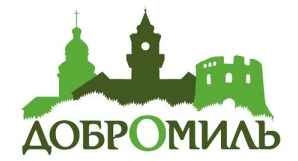 |
Copyright (c) 2020 Deborah H. Long
Created January 2020, Updated 2025
Without the help of my friend, Natalie Iglitz Mendelsohn, I would not have been able to resurrect the town of Dobromyl.
Thanks to Jan-Felix Kruschina for assistance in translation.
For more information, please contact Deborah Long